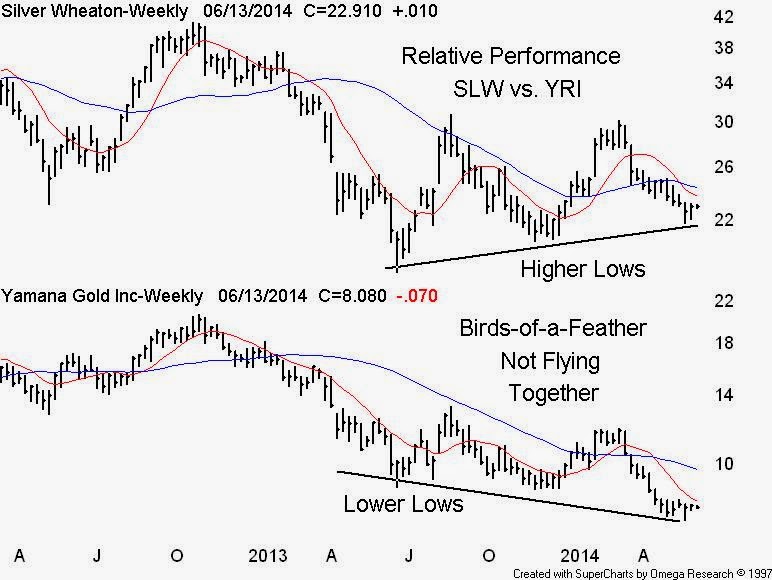According
to Investopedia, a “Short Squeeze” is a situation in which a heavily shorted
stock or commodity moves sharply higher, forcing more short sellers to close
out their short positions and adding to the upward pressure on the stock – etc,,,
On
the topic of short sales a recent item in the Globe Report on Business - NUMBER
CRUNCHER - Twenty stocks that short sellers are betting against - Tim Shufelt -
INVESTMENT REPORTER The Globe and Mail Published Monday, Jun. 16 2014, 7:55 PM
EDT
Quote:
What are we looking for? Stocks that short sellers are circling. (I had to cut
out a lot of fluff here) For investors who are also beginning to feel more
bearish, we looked for the stocks attracting the greatest levels of pessimism.-
and - How we did it - We first screened for stocks listed on Canadian and U.S.
exchanges with the greatest short interest – and - We wanted only those stocks
with deteriorating sentiment, so short interest had to have increased over the
past month. And we excluded stocks with a market capitalization of less than
$100-million.
What
we found - eight (Canadian) names among the top 20 shorted stocks. The biggest
among them is ATS Automation. Other familiar Canadian stocks that shorts are
targeting include Leon’s
Furniture, Great Canadian Gaming and Rocky Mountain Dealerships. This list
could prove a good starting point for investors looking to run with the bears,
but further research should be done before making any investment decisions. End
Quote.
.
OK
so after all that work we only get tiny list of names that trade by appointment
– run with the bears? - A total waste of newsprint..
In
reality I would think short sellers are sophisticated investors who have done
their homework and so why not look at the Largest Short Position Decreases
which at May 30, 2014 were Bombardier Inc (BBD.B), Talisman Energy Inc (TLM), Potash
Corp of Sask Inc (POT), Encana Corp (ECA), National Bank of Canada (NA) and TransCanada
Corp (TRP) – Take a look at our Potash chart – a follow up from my Torpedo Stocks:
blog post on Wednesday, July 31st, 2013 – now POT is above both the 10 & 40
wk M/As and has positive price MOM – and – is a relative outperform vs. the TSX
Materials sector – no wonder the shorts are covering








